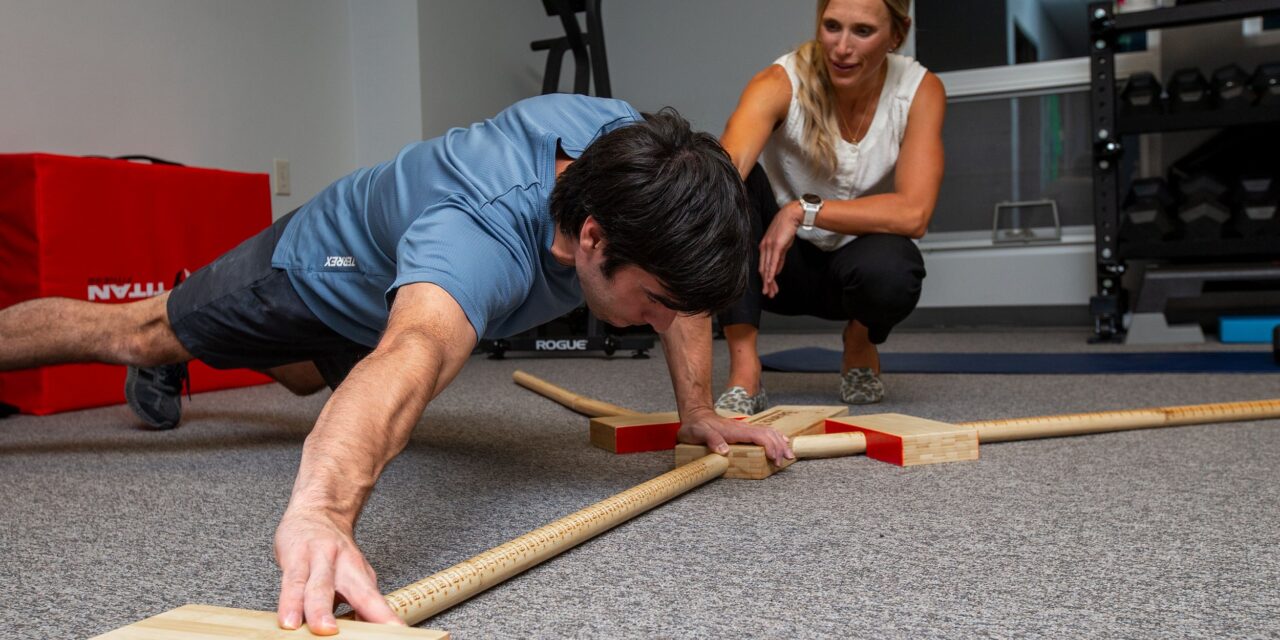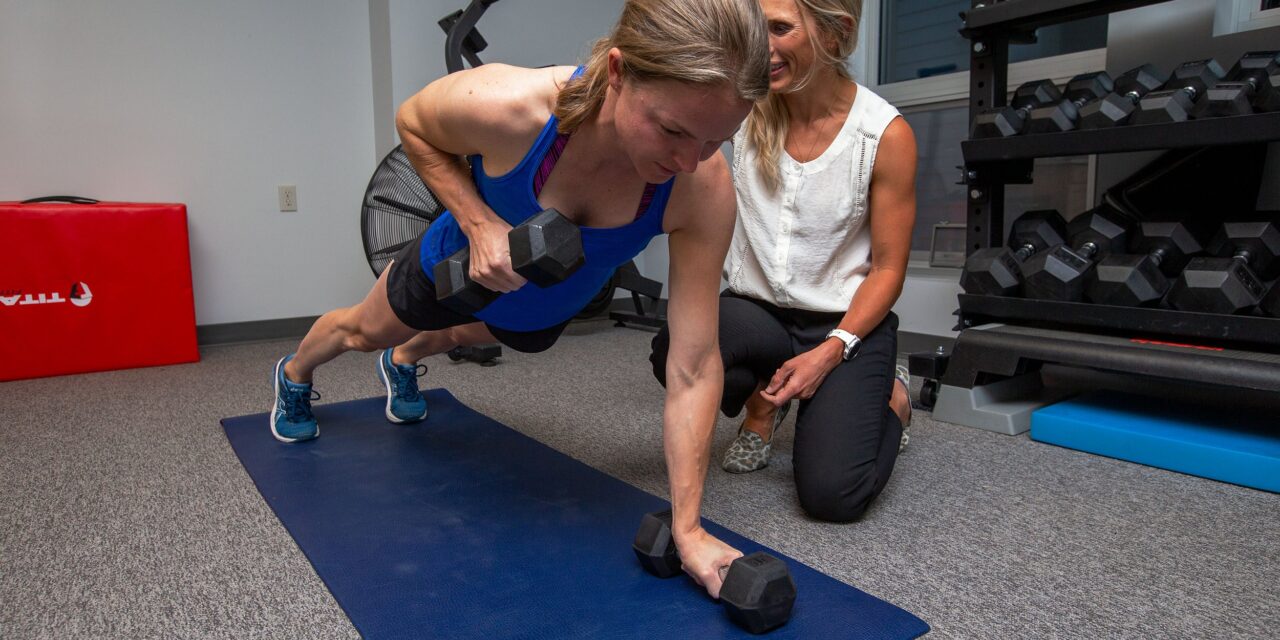Shoulder Stability Assessment for Rock Climbers
Shoulder strength and stability is crucial in rock climbing for both performance and injury prevention. There are many different ways to assess shoulder strength, stability and function. The findings of these assessments can give us insights into right to left imbalances and can tell us which muscle groups we need to target in a rehabilitation...



